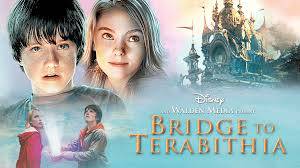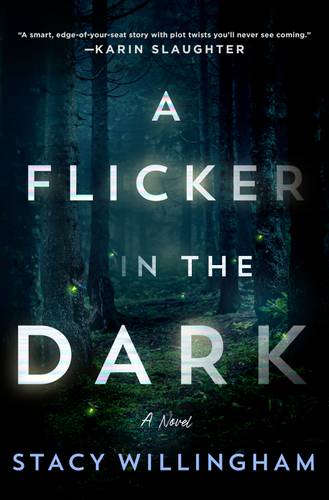There are few movies that bring out the life of the downtrodden; most of them are either excessively sorrowful and melodramatic, or compromised for commercial reach. But Kaakkaa Muttai makes no such mistakes. The story goes down a linear path; there are no item numbers, no artificially-inserted situation to move the audience to tears. In that respect, this movie is a notch above Slumdog Millionaire.
The movie revolves around the day–to–day survival of two brothers, Chinna Kaakkaa Muttai and Periya Kaakkaa Muttai. The story breaks the tradition of showing child labor in a sad light, and portrays the trivial pleasures of their work, naturally. Each and every character has been played to perfection ; the younger brother, in particular, scores in almost all scenes of his appearance through his innocent expressions, his boastful walk and even by merely opening his mouth in awe on seeing the pizza.
With the main storyline revolving around the kids aspiring to eat the pizza branded by actor Simbu, the movie throws open social and political discriminations, via symbolisms and hidden implications. The visual where the boys' mother stamps a branded shirt to wash it, shows that man’s basic needs don’t change just by the arrival of temporary pleasures.
Dialogues always add color to these kinds of cinema, and this movie is no exception to that. However, what makes this film unique is that notions are not thrust upon the viewers in the tone of propaganda. Rather, they join hands with the visuals to gradually make us imbibe the reality of the situation. The claps that resonated at the end of the movie and the periodic whistles of the audience for the conversations between the two brothers bear testimony to the fact that movies can become a hit even without pompous heroes and colorful heroines in it.
The movie throws open social and political discriminations, via symbolisms and hidden implications.
Special mention has to be made about the woman who played the character of Aayah (Grandmother). When the boys are stunned by the price of a pizza, she starts making it from our own dosa by coating it with peeled tomatoes and capsicum. After tasting it, the boys go,“Ayye ! Idhu onnum pizza illa. Adhu kadicha apdiye nool-nool ah varum.” (This is not pizza. Pizza comes out in thread – like strands when bitten), to which their Aayah replies, “Dei, nool-nool ah vandhaa adhu kettu poiduchu nu artham, da !” (If it comes out like thread, it means your food is rotten !). This one-minute exchange shows how deeply we are immersed into the world of food preservatives and artificial chemicals. Be it the way she explains the little things in life to the brothers, or her vehemence arising from her incapacity to do work, this Aayah makes us relate to our own grandmas at home.
Another symbolism is through the clothes. After hearing from their older friend, Pazharasam, that only well-dressed people are allowed into the pizza shop, these guys do so after saving money. But even then, they are abused and beaten up for trying to enter : “Pudhu sokkaa pottaa ulla vandhuduviya? Inga ellaam vara koodaadhu po po” (Does it mean you can barge in here just because you wear new clothes? Don’t come here. Go away !). Social inequality cannot be depicted in a more cut–and–dried manner.
The misuse of a problem of the poor people by the media and politicians, which always happens in our country, is also explained in a satirical way. Though the movie resembles Marina to a minute extent, the distinguishing factor is the lack of unnecessary romance, soup songs and item numbers, which makes this movie worth the money.
There is no break in narration, and the movie itself runs for only around 105 minutes. However, theatres create a forced intermission to enhance their canteen sales. If that is also avoided and the movie is watched at a stretch, it will get a clean chit, for sure.
Verdict: Marks aren’t allotted because this movie cannot be limited to the frame of evaluation in terms of marks. Please go and watch these kinds of movies in theatres to encourage different storylines that convey the concealed voices of our land, our society.





